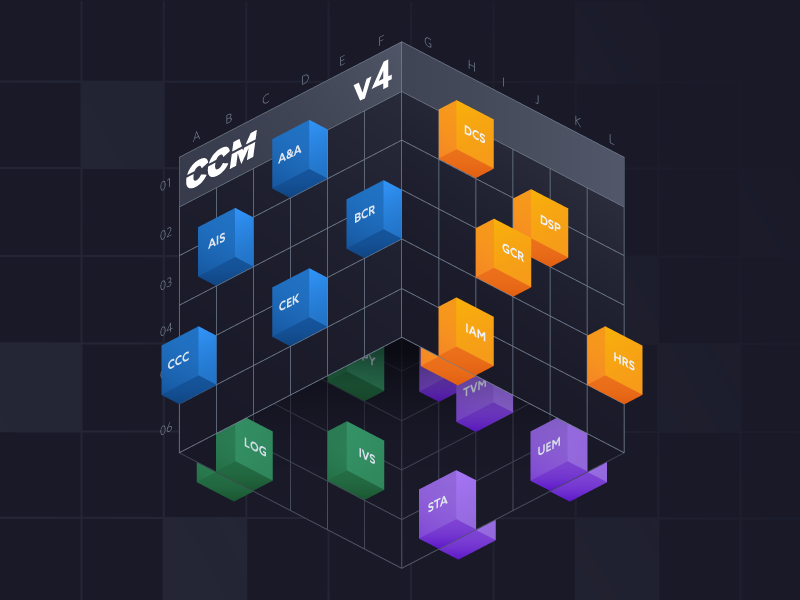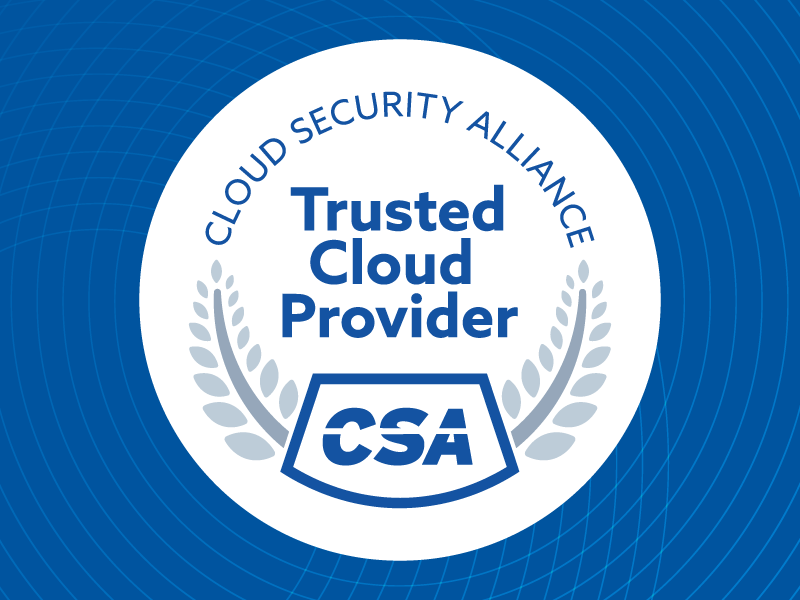The IaC Maturity Curve: Are You Securing or Scaling Your Risk?
Published 07/22/2025
Originally published by Gomboc.ai.
In today’s race to cloud-native development, Infrastructure as Code (IaC) has become the preferred approach for deploying and managing cloud infrastructure at scale. But for all the agility and speed it delivers, IaC is a double-edged sword. When implemented without security rigor, it doesn’t just scale infrastructure—it scales risk.
That’s where the IaC Maturity Curve comes in. Just like DevOps or CI/CD adoption has maturity models to guide progress, IaC needs its own framework to help organizations assess where they stand and what steps to take to reduce risk.
What is the IaC Maturity Curve?
The IaC Maturity Curve is a framework designed to evaluate how mature your infrastructure as code practices are—not just in terms of operational efficiency, but also in terms of security, automation, and governance. It maps out five stages:
- Ad-Hoc & Isolated: Teams rely on unstructured, unmanaged scripts. There’s no version control, visibility, or security oversight.
- Standardized & Versioned: Teams begin using shared templates and Git-based workflows. Infrastructure becomes more consistent but still lacks built-in security checks.
- Validated & Integrated: IaC is integrated into CI/CD pipelines, with static analysis and policy checks embedded.
- Automated & Policy-Driven: Policy-as-code, guardrails, and auto-remediation reduce human error and enforce compliance.
- Self-Correcting & Intelligent: Infrastructure becomes self-healing. Drift detection, AI-powered remediation, and real-time feedback loops keep environments in a secure, known-good state.
Why You Should Care About Maturity
IaC maturity isn’t just about looking good on paper. It’s about reducing the real, tangible risk of misconfigurations that lead to breaches. According to Gartner, by 2025, 75% of cloud security failures will stem from IaC mismanagement.
At lower maturity levels, infrastructure is fragile. Security is bolted on, not baked in. Teams spend hours manually fixing issues that could have been prevented upstream. Alert fatigue sets in. Developers get frustrated.
At higher maturity levels, however, security is part of the developer experience. Infrastructure is predictable. Teams move faster, with fewer rollbacks and incidents. And when something does go wrong, it's detected and remediated automatically.
Where Most Teams Get Stuck
Many organizations plateau at Stage 2 or 3. They use version control and maybe even some basic linters or policy checks, but they haven’t made the leap to proactive remediation or real-time drift detection.
To move beyond this plateau, teams are increasingly turning to tooling that not only flags misconfigurations but also generates ready-to-merge fixes, aligned with both cloud provider best practices and internal policy standards. Rather than just surfacing what's broken, these tools close the loop—delivering the "how" along with the "what."
Measuring Your IaC Maturity
Start by asking:
- How consistent are our IaC templates across teams?
- Do we enforce policy-as-code or rely on manual reviews?
- Are misconfigurations caught before or after deployment?
- Can we prove compliance in real time?
- Do we track and remediate drift?
If your answers are murky, your IaC practice might be creating more risk than resilience.
The Payoff of Maturity
Moving up the maturity curve isn’t just a security play—it’s a performance one. High-maturity teams:
- Cut remediation time from weeks to minutes
- Reduce alert fatigue by 40%
- Lower cloud misconfig costs by up to $100K per workload
- Empower developers with secure defaults
The IaC Maturity Curve provides a clear, actionable path to achieve those outcomes.
Conclusion
IaC is powerful. But without maturity, it’s risky. The IaC Maturity Curve gives you the blueprint to evolve your practices from fragile to future-proof. And with the right tooling and processes in place, you don’t have to walk that path alone.
Unlock Cloud Security Insights
Subscribe to our newsletter for the latest expert trends and updates
Related Articles:
It’s Time to Make Cloud Threat Modeling Continuous
Published: 11/20/2025
Understanding STAR for AI Level 2: A Practical Step Toward AI Security Compliance
Published: 11/19/2025
SSCF v1.0: The Standard That Simplifies SaaS Security
Published: 11/19/2025
An Overview of the EU Cyber Resiliency Act (EU CRA)
Published: 11/18/2025






.jpeg)

.jpeg)
.jpeg)